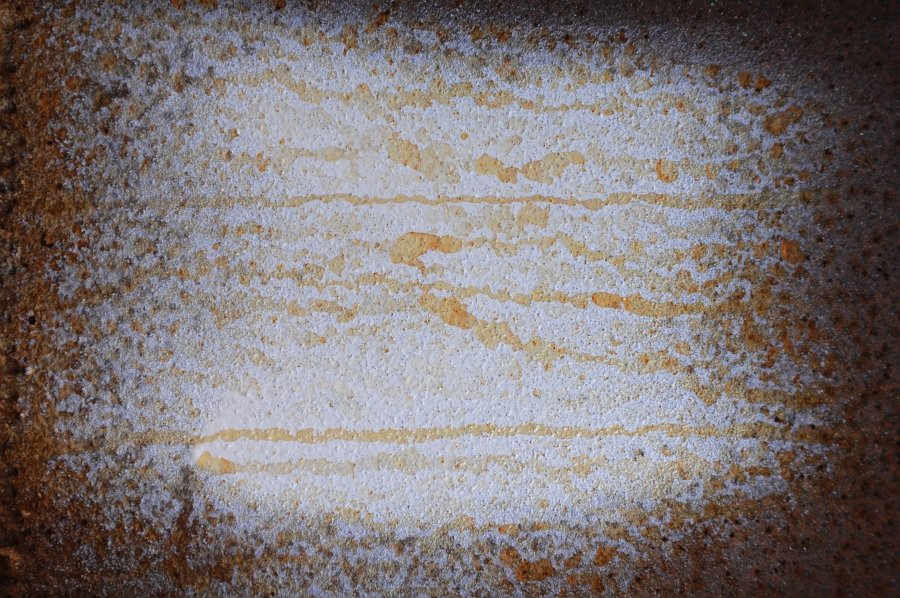What Is Varnish?
Before we discuss how to remove varnish buildup, it is important to understand what it is and how it occurs. As oil is heated and cooled under normal operations, oxidation in lubricants and additives creates organic by-products. This results in the formation of soft, sticky, polar insoluble particles floating in the oil and a varnish buildup on metal surfaces.
Varnish is most often found in areas of low flow and cool temperatures (tanks and reservoirs) and hot surfaces where oxidation is accelerated. Varnish reduces lubricating oil quality and needs to be removed periodically.
How to Remove Varnish from Industrial Equipment
Varnish cannot be removed with mechanical filtration. Side stream or kidney loop filtration processes will need to be setup to treat and prevent varnish, but will not affect normal operations. Current varnish buildup may require chemical cleaning and system flush, but there are ways to prevent buildup from occurring in the first place.
There are three technologies that remove insoluble varnish precursors from oil:
- Depth Media Filters – target insoluble varnish precursors by absorption. This is the least expensive option, but can have varied results depending on system operating parameters.
- Balance Charge Agglomeration, or BCA, splits oil into two separate streams – one positive-charged stream and one negative-charge stream, then they are remixed where the positive and negative particles agglomerate into particles large enough to filter. To avoid agglomeration downstream, it is important to change the BCA filters at least every six months. This method is both effective and fast, but must be properly managed.
- Electrostatic filtration is conducted by applying a positive or negative charge to attract varnish precursor particles. This method avoids the issue of BCA downstream agglomeration since no opposite charge is applied.
Additionally, there is a new technology available to target soluble varnish precursors.
Charge Bonding, or ICB, targets soluble varnish precursors and works quickly within a few days. One drawback is that because it targets polar oil components this method can also remove polar additives like rust inhibitors. Currently, this technology is mainly focused on gas turbines which have low water content.
Varnish deposits remain an issue. However, as these technologies continue to improve and new ones are developed, varnish removal processes will continue to become more effective. If you are looking for an experienced varnish removal partner or chemical cleaning services, please don’t hesitate to reach out to one of our certified technicians to discuss your project today.
References:
Brett, Caleb. “The Outsourcing Laboratory” www.intertek-cb.com, 2003.
Hetherington, Paul. “Round Table: Off-Site Labs, Industry Professionals Voice Their Opinions about Off-Site OIl Analysis” Machinery Lubrication. Machinery Lubrication, 1 January 2003. Web.
Clark, Randy. (May 1, 2003). Email Interview.
